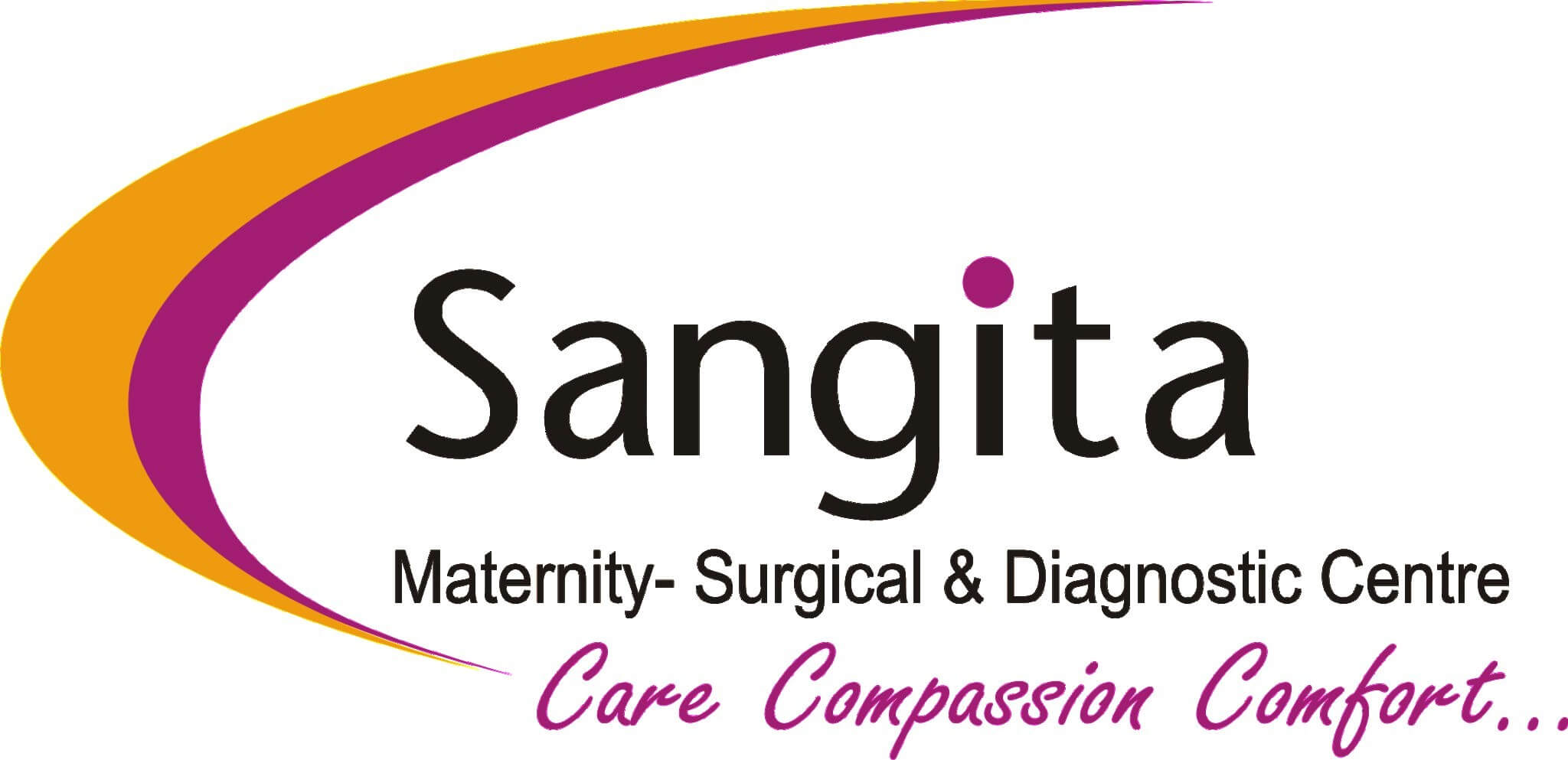C-Section
Caesarean delivery (C-section) is a procedure used to deliver a baby surgically through incisions in the abdomen and uterus.
Normally C-section is done after 39 weeks; however it can be planned beforehand. Reasons due to which your doctor might suggest a C-section are, pregnancy complications, you had a C-section previously and you do not wish for a vaginal birth after caesarean.
Knowledge of what to expect before, during and after C-section can prove to be of assistance.
Purpose
In some cases women themselves choose C-section to escape the labour pain and prevent other complications arising during or after vaginal delivery, due to convenience of a planned delivery.
A C-section is performed due to complications in pregnancy that makes vaginal birth difficult or risky. Your doctor may recommend C-section because:
- If you had a C-section previously, due to many factors, vaginal birth after caesarean can be done.
- When vaginal birth gets difficult due to an obstruction. If there is a large fibroid in the birth canal or a pelvic fracture.
- If the baby’s head is too big for the birth canal
- If the mother has active genital herpes infection, the doctor might choose a C-section to prevent the infection transmission to the baby
- If the mother has serious health issues such as high blood pressure or heart disease or a brain condition.
- If the labour is not advancing. This is one of the most common reasons of C-section.
- If the doctor notices problems in baby’s heartbeats or other health parameters or baby has developmental conditions.
- The doctor may recommend a C-section if the baby is not in head-first position. Mostly C-section is preferred if the baby is in breech or transverse position.
- If there are multiple births and any one of the baby is in an abnormal position.
- If there are problems with the placenta. Opening of the cervix might be covered with the placenta or there might be placenta abruption.
- If there is fluctuation or reduced oxygen supply to the baby
- If there are problems with the umbilical cord that is it might slip ahead of the baby.
Risks
Although C-section deliveries are becoming common delivery type, it carries major risks to the mother as well as the child. Common risks are:
- Infection of the lining of the uterus known as endometriosis
- Development of blood clots in the legs or pelvic organs
- Heavy bleeding during or after the surgery
- Infection in the area of incisions
- Surgical injury to organs like bladder, bowel
- Surgical injury on the baby’s skin
- Breathing problems in the baby
- Reactions to anesthesia
Additionally, a C-section increases risk in future pregnancies. Risks of placenta previa or placenta accreta increase to a greater extent in the subsequent pregnancies. If you choose VBAC there are possibilities that the uterus may rupture open along the scar line from a previous C-section.
Procedure
Before the surgery the site of the surgery will be cleaned. IV fluids will be attached to your arm to administer fluids and medications. A catheter will be placed in your bladder to keep the bladder empty during the procedure. Anesthesia will be given; generally local anesthesia is given such as spinal block that numbs the lower part of the body or general anesthesia which puts you in painless sleep.
The doctor will make a horizontal incision above the pubic hairline. In certain cases a vertical incision might be required. Once the uterus is exposed, an incision is made into the uterus. The baby will be removed carefully from the uterus. Then the umbilical cord is cut and the placenta is removed.
Once the delivery is complete, cuts are stitched up.
After the Procedure
As the effect of the anesthesia begins to fade, your doctor will ask you to drink more fluids to prevent constipation and blood clotting. You will be given pain relief medications. Your stitches will be monitored for infections and your bladder catheter will be removed.
You will be able to breast feed your baby. A healthcare worker will help you with the basics of breastfeeding like positions, and supporting the baby. Any required vaccinations will be given to you and the baby.
Recovery
Your doctor will ask you to take rest whenever possible. You might feel soreness and discomfort in the surgical area. Feeling exhausted and fatigued is common. Avoid lifting heavy objects for the first few weeks. Your doctor will prescribe pain relief medicines and recommend using a heating pad to ease the discomfort and soreness. Avoid having sex for six weeks to prevent any infection.
Postpartum Depression
Some women have severe mood swings or feel sad, worried or fatigued after childbirth. The mother might feel exhausted and may experience lack of joy. These feelings make it difficult for the mother to care for the baby or herself. Get in touch with your doctor if you notice signs of depression. Postpartum depression can be treated medically or through therapy. Indulging in self-care by taking proper rest and sleep can help.


